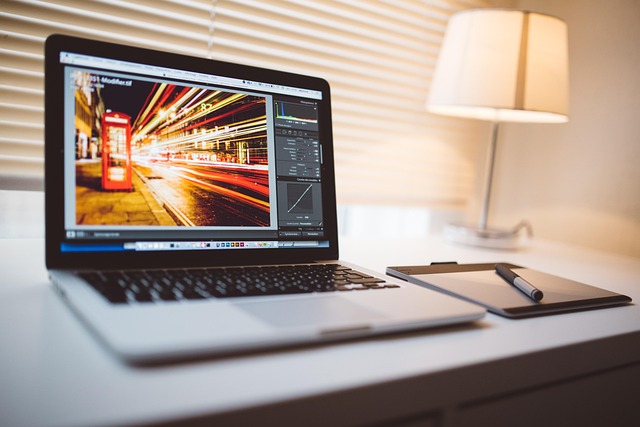In the ever-evolving world of photography, mastery over tools like Lightroom can profoundly enhance your creative process. Whether you’re a seasoned professional or an enthusiastic beginner, understanding how to optimize your photo editing workflow in Lightroom is essential for achieving that perfect shot. The interplay of light and shadow often defines the mood and atmosphere of a photograph, and learning to manipulate these qualities in Lightroom can elevate your images from ordinary to extraordinary.
Start by organizing your photos efficiently. The power of Lightroom lies not just in its editing capabilities but also in its intuitive management features. Create collections and folders that reflect your shooting style or themes, making it easier to access your work in the future. A well-organized library will save you time and allow you to focus more on creativity rather than searching for images amidst chaos.
When it comes to editing, embrace the adjustments in Lightroom that enhance your images’ optics. The Develop module is where the magic happens. Start with basic adjustments such as exposure, contrast, and white balance. These foundational steps can drastically transform the feel of your photo. With just a few tweaks, you can bring out the hidden details that are often lost in shadows or overexposed highlights.
Don’t shy away from using Lightroom’s advanced features like graduated filters and radial filters. These tools can help you selectively adjust parts of your image, creating a more dynamic range of light and enhancing your subject’s natural beauty. For landscape photographers, for instance, darkening the sky while lightening the foreground can produce stunning results, drawing the viewer’s eye where you want it.
Color grading is another area where Lightroom shines. Experiment with HSL (Hue, Saturation, and Luminance) adjustments to breathe life into your photos. Perhaps you like the warmth of golden hour; with Lightroom, you can replicate that magic long after the sun has set. By adjusting the colors selectively, you can create a cohesive aesthetic that defines your photography style.
As you become more comfortable with Lightroom’s tools, consider exploring presets. While they provide a great starting point, use them judiciously. Tailor each preset to your unique vision by making further adjustments. The beauty of presets is that they can speed up your workflow, but remember, the best edits come from your creative intuition.
Lastly, always keep learning. The photography community is vibrant and filled with resources ranging from tutorials to forums. Engaging with fellow photographers can bring fresh insight into your editing process. Joining Lightroom groups or participating in online workshops can help refine your skills and expose you to new techniques that can redefine how you perceive light and composition in your work.
Optimizing your editing process in Lightroom is not just about learning the software; it’s about embracing the art of photography itself. By melding the technical aspects of Lightroom with your creative vision, you’ll not only improve your workflow but also the quality and emotional depth of your photographs.




